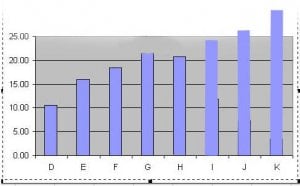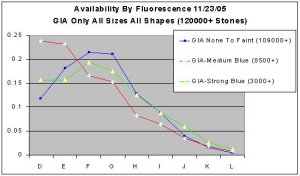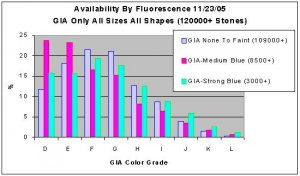- Joined
- Aug 15, 2000
- Messages
- 18,483
you just lost 3 brownie points and a gold star Marty

We had a different agenda - but needed to make a decison about which stones to focus on for a grading survey.
Your distribution might look more like this after inclusion of ungraded stones and stones that are graded for retail sales rather than B2B trading.
But then you need to ask, in Bob Dylan style, who are you trying to be the ferryman for?
The 1st tier labs, or all labs?
I think you do not want to study all stones - I think you want the data Leonid provided - in fact - maybe only the GIA, AGS and maybe HRD listings?


We had a different agenda - but needed to make a decison about which stones to focus on for a grading survey.
Your distribution might look more like this after inclusion of ungraded stones and stones that are graded for retail sales rather than B2B trading.
But then you need to ask, in Bob Dylan style, who are you trying to be the ferryman for?
The 1st tier labs, or all labs?
I think you do not want to study all stones - I think you want the data Leonid provided - in fact - maybe only the GIA, AGS and maybe HRD listings?














300x240.png)